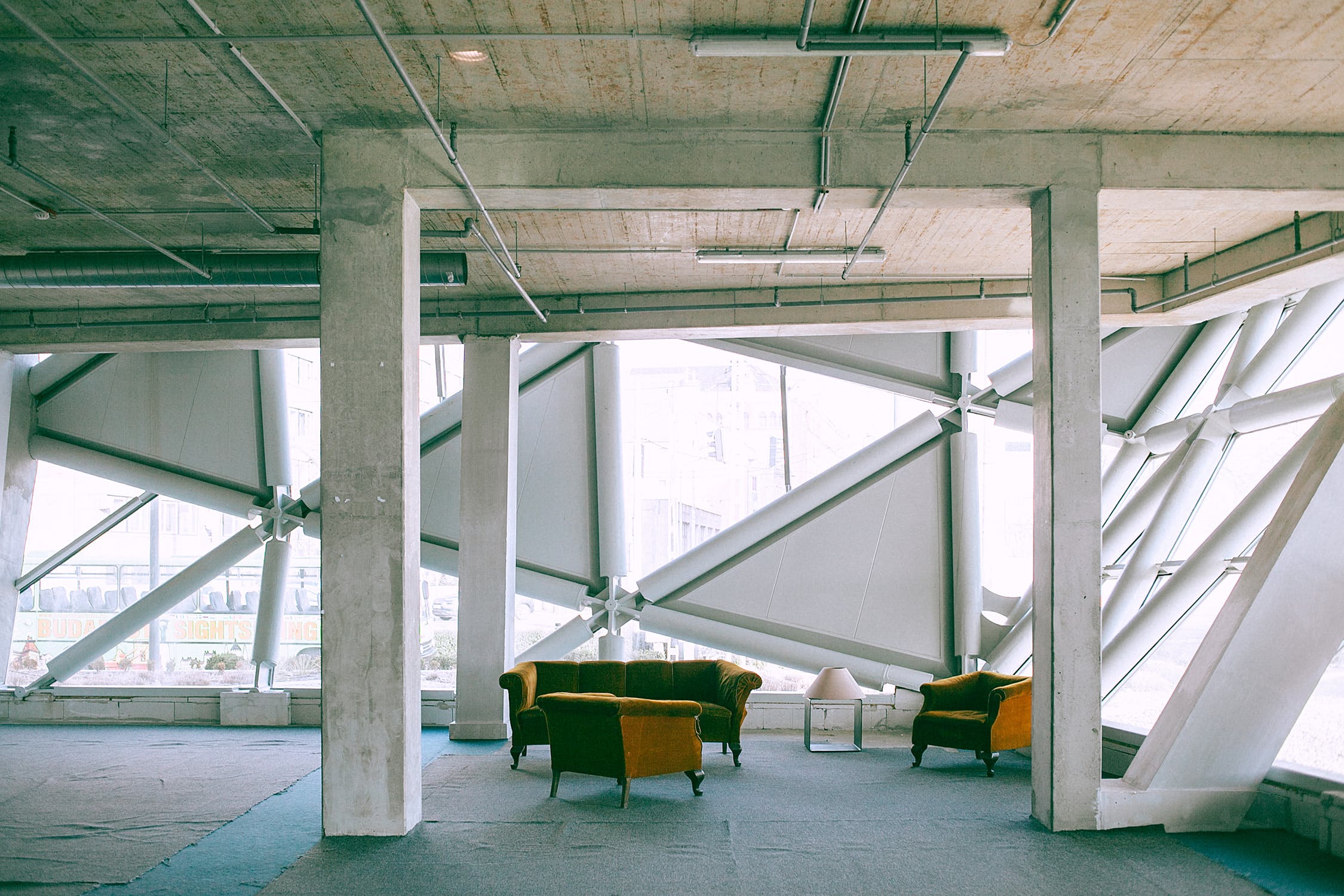Exterior Walls
 Verified listing
Verified listing
- Service priceRequest Quote
- Message

Monday
8:00 am - 5:00 pm
Tuesday
8:00 am - 5:00 pm
Wednesday
8:00 am - 5:00 pm
Thursday
8:00 am - 5:00 pm
Friday
8:00 am - 5:00 pm
Saturday
9:00 am - 2:00 pm
Sunday
N/A
July 16, 2025 12:22 am local time
The exterior wall of a house is what the person will see before entering the house, but did you know that exterior wall materials play a big role in managing your electricity bills Knowledge of this will make your choice of an exterior wall extremely important, the exterior wall of a house serves three key functions:
Construction engineers agree that brick walls provide an artistic appeal, do not require much in terms of maintenance, will not rot, and are resistant to fire. The downside of brick walls is that they are affected by moisture and therefore without careful placement of the building joints, holding the bricks in place can prove costly, especially under extreme weather conditions and earthquakes
Insulated vinyl siding offers a good and low-cost alternative because they contain enhanced impact-resistant capability. Some Insulated Vinyl siding products offer an insulation foam underlay and allow vapour permeability.
Common cladding alternatives are a great choice for either high-storied buildings or a building at a small construction site. Exterior wall cladding comes in various materials and styles, giving people a wide choice of materials to select from, to achieve their desired styles.
Tilt-Up wall construction has become one of the fastest-growing industries in the United States. The process allows walls to be constructed elsewhere and transported to any project site, or to be built onsite. The process is designed to reduce construction costs, expedite the project and reduce labour congestion on site.
C-AFRICA
Add a review